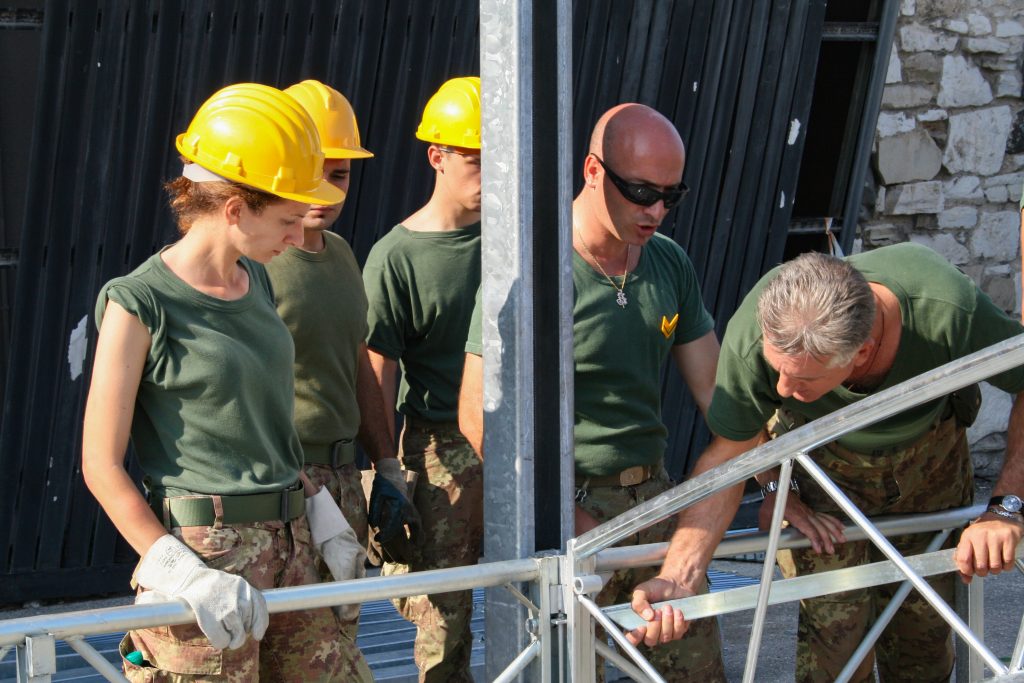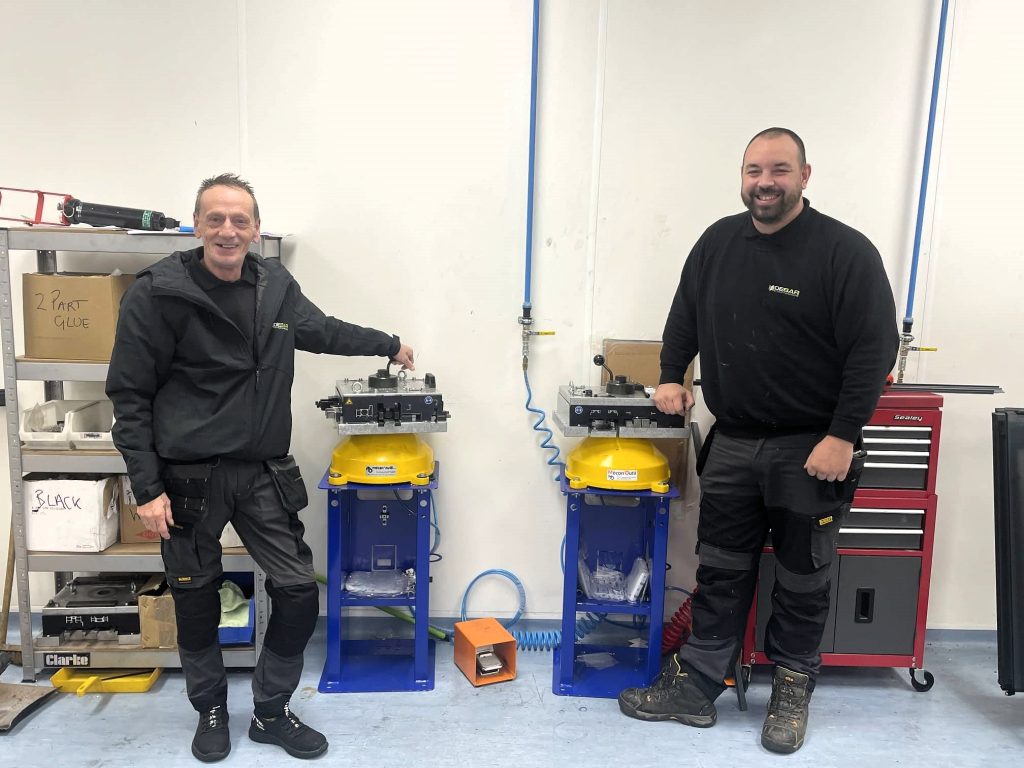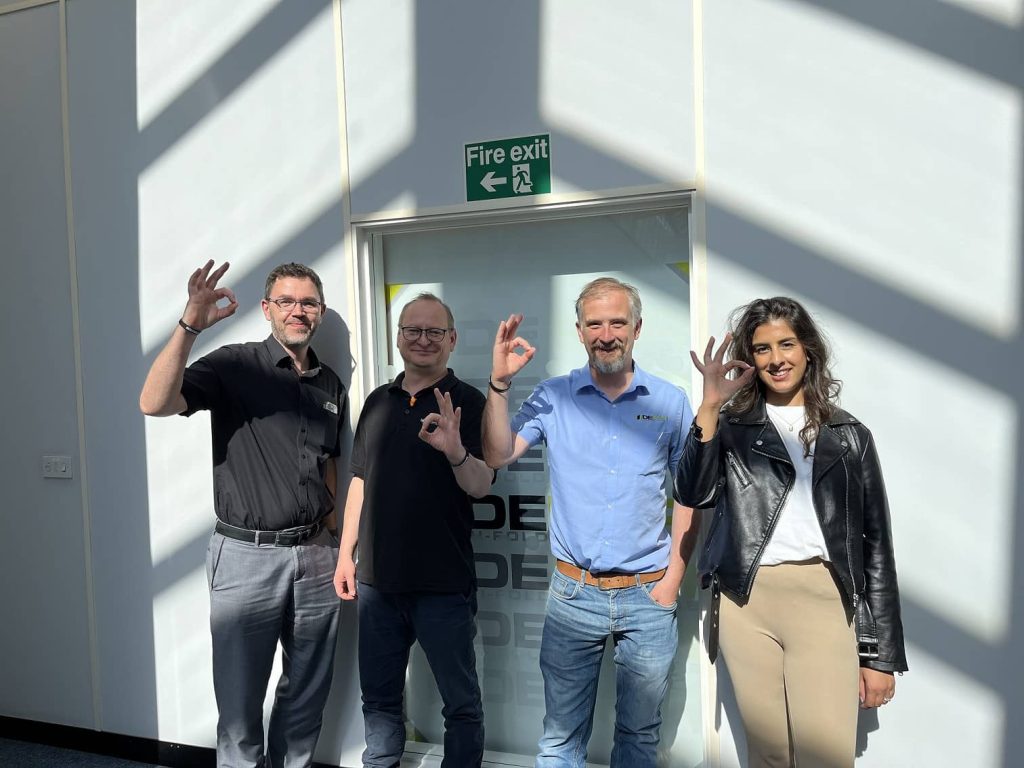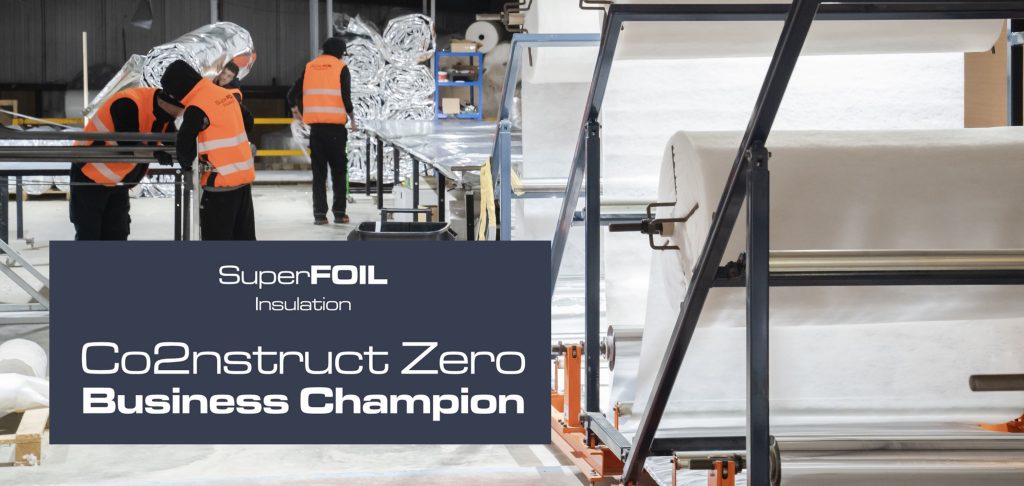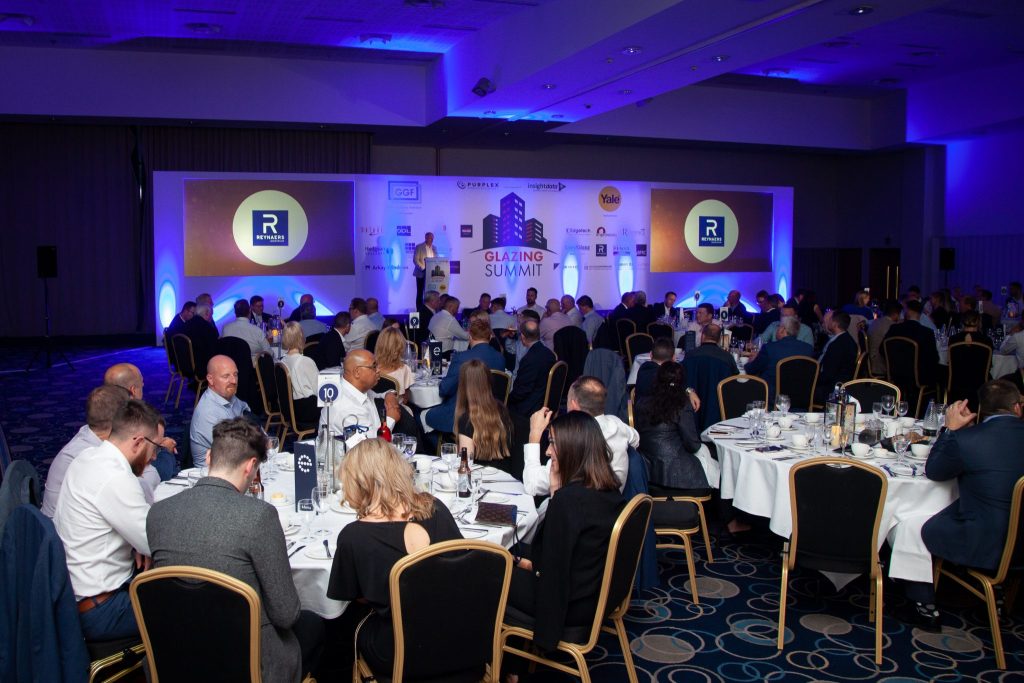The importance of planned maintenance
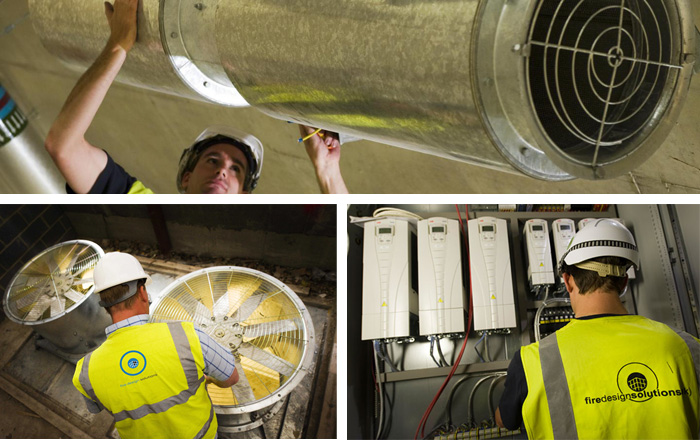
 Regular maintenance to a property is required in order to provide certainty that the building is safe and functional, as well as ensure the wellbeing and safety of its occupants. For fire safety systems, this is particularly true as the system safeguards occupants in the event of a fire.
Regular maintenance to a property is required in order to provide certainty that the building is safe and functional, as well as ensure the wellbeing and safety of its occupants. For fire safety systems, this is particularly true as the system safeguards occupants in the event of a fire.
When the building is planned, whether it is new build or a refurbishment, fire safety measures must comply with Approved Document B (ADB), which provides guidance on the design of both residential and non-residential properties to ensure the risk posed by smoke and fire is minimised. Characteristics such as the height of the building, distances from the staircases and the internal layout are all factored into the decision-making process when specifying fire safety equipment.
However, regardless of the quality of these systems and the fact standards are initially met upon installation, these systems will not remain compliant unless serviced and maintained regularly. If not, the components could become ineffective or in the worst-case scenario, fail entirely.
This could result in severe consequences, including injury to building occupants and emergency services as well as potential loss of life.
For building owners there is also a legal responsibility. The Regulatory Reform (Fire Safety) Order 2005 (also known as RRO) applies to all non-residential buildings and states that companies are deemed responsible for providing the correct level of fire safety on the premises. It also requires a ‘responsible person’ to be appointed to ensure that all equipment is maintained and in good working order.
If this individual fails to correctly maintain the fire safety systems it can result in serious legal action including prohibition notices, building closure, fines and potentially, the prosecution of the building owner or manager. In more serious cases of non-compliance this can result in imprisonment for those deemed responsible.
So how do you ensure your fire safety systems are completely compliant and fully functional?
Firstly, ensure there is a regular schedule in place for a reputable fire safety systems company to inspect the fire systems thoroughly. When budgets are tight, there is the temptation to cancel or miss one of these planned services. However, as discussed previously, the consequences of this can be disastrous and much more costly.
Planned preventative maintenance (PPM) can help building owners to manage budgets more effectively and reduce expenditure over the long term. PPM will also make building owners aware of any issues they see developing, which will negate the need for expensive reactive repairs.
Whilst on-site maintenance teams may be able to undertake regular day-to-day maintenance, fire safety systems are complex, life-saving systems. That’s why it’s highly recommended that a fire safety specialist be brought in; to ensure services are in accordance with the required British Standards and Approved Document B.
This maintenance should be scheduled twice a year and include a full check of each part of the smoke ventilation systems, and associated detection systems – this is to ensure that it performs in line with the original fire safety strategy. All smoke and carbon monoxide (CO) detectors should be tested, to ensure the system responds correctly to the detection of smoke or rising CO levels.
Proper maintenance will also ensure all smoke vents open properly and that, in the case of mechanical smoke ventilation systems, the fan runs at the correct speed.
All Automatic Opening Valves (AOV) such as windows and roof vents will also be inspected for signs of wear, cleaned and lubricated to ensure reliable operation. In addition, at least once every 12 months the detectors should be cleaned to remove dirt that would affect its performance during a fire. This will also reduce the disruption of false alarms.
Smoke ventilation systems should have a backup power supply, which will allow it to operate even in the event the main power supply fails. During maintenance, a check of the power supply should be made, and a replacement recommended if it does not meet the required standard.
Scheduled maintenance will also be able to highlight any issues that could be inadvertently caused by building occupiers or sub-contractors. For example, repair work internally or externally can cause an issue that may not be immediately obvious. This could be accidental damage to a smoke detector, system wiring, or even paint across the sensor – all of which can prevent it from working as intended. By investing in regular maintenance and scheduled servicing, these issues can be identified and repaired.
Fire safety systems are never a matter of “fit and forget”. Once installed, they must be inspected regularly by a fire safety specialist to ensure that they are fully operational and compliant. This will provide peace of mind that in the event of a fire, building occupants will be able to safely evacuate the building.















